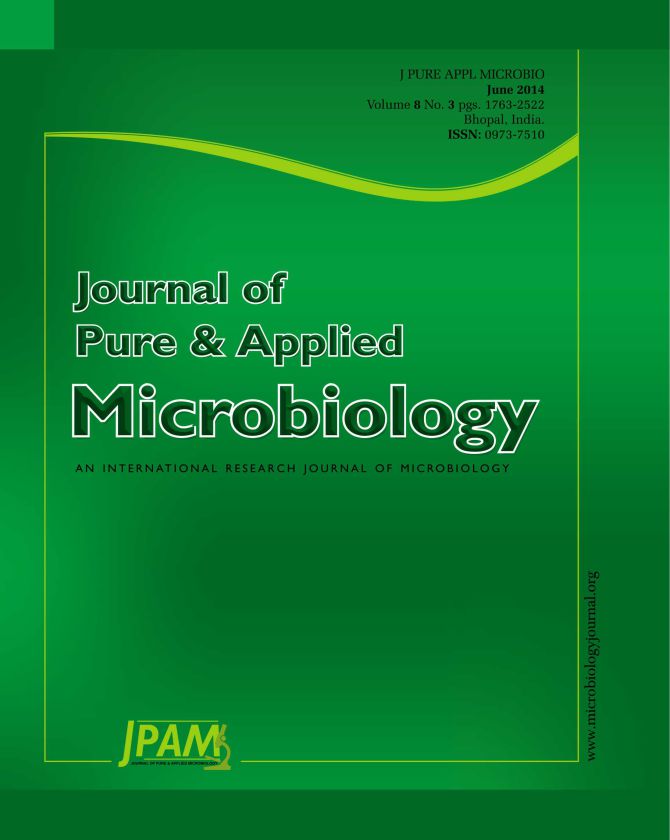A starch-binding domain encoding region of glucoamylase (GASBD) was amplified by PCR from Aspergillus niger 2316 and sequenced (GenBank JQ814697). It consists of 324bp nucleotides and encodes a peptide of 108 amino acids. To investigate the affinities of artificial multiple-repeat GASBDs for insoluble starch in vitro, the pET28a plasmids harbouring, respectively, single GASBD and multiple-repeat GASBDs from two to four were constructed and expressed in Escherichia coli BL21(DE3). The recombinant GASBD(s) proteins were purified to homogeneity by Ni2+–NTA affinity chromatography and the affinities of the purified recombinant proteins for insoluble starches were determined. GASBD2, GASBD3, and GASBD4 had, respectively, approximately 5, 8 and 10-fold higher affinities for starch than single GASBD, indicating that the multiple-repeat GASBDs act in a synergistic way when binding to starches.
Glucoamylase, Starch-binding domain, Protein expression, Starch affinity, Synergistic effect
© The Author(s) 2014. Open Access. This article is distributed under the terms of the Creative Commons Attribution 4.0 International License which permits unrestricted use, sharing, distribution, and reproduction in any medium, provided you give appropriate credit to the original author(s) and the source, provide a link to the Creative Commons license, and indicate if changes were made.


